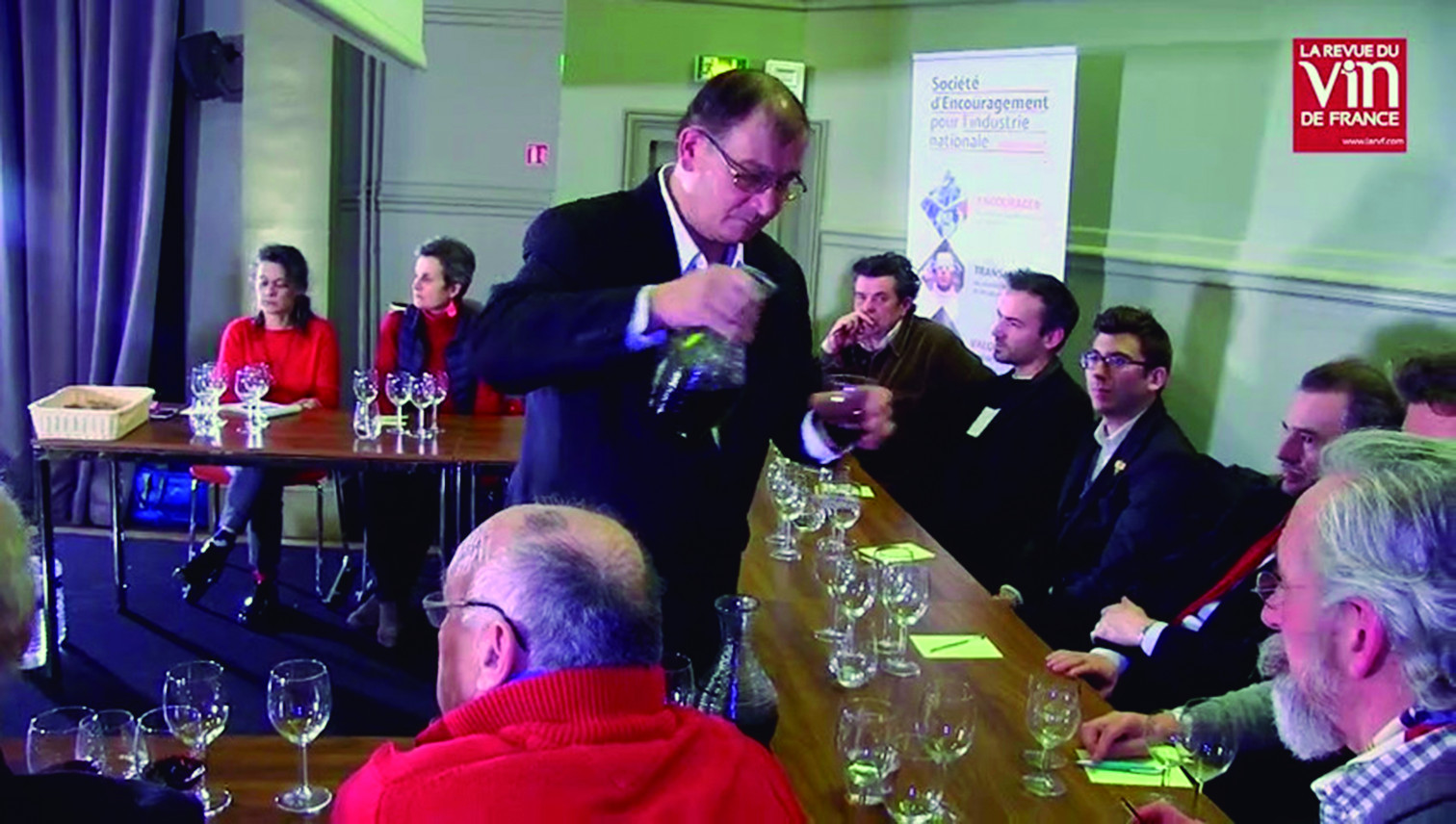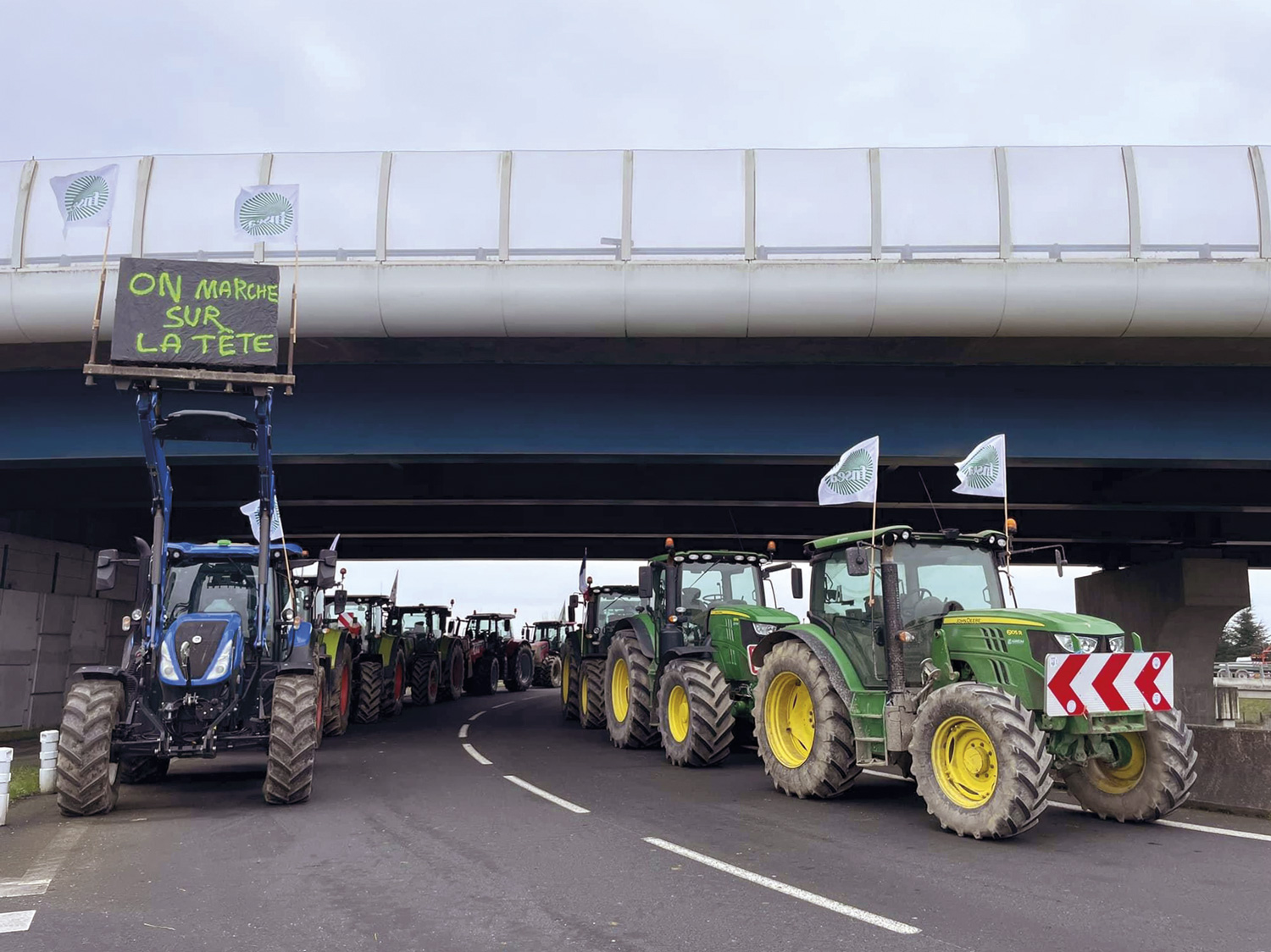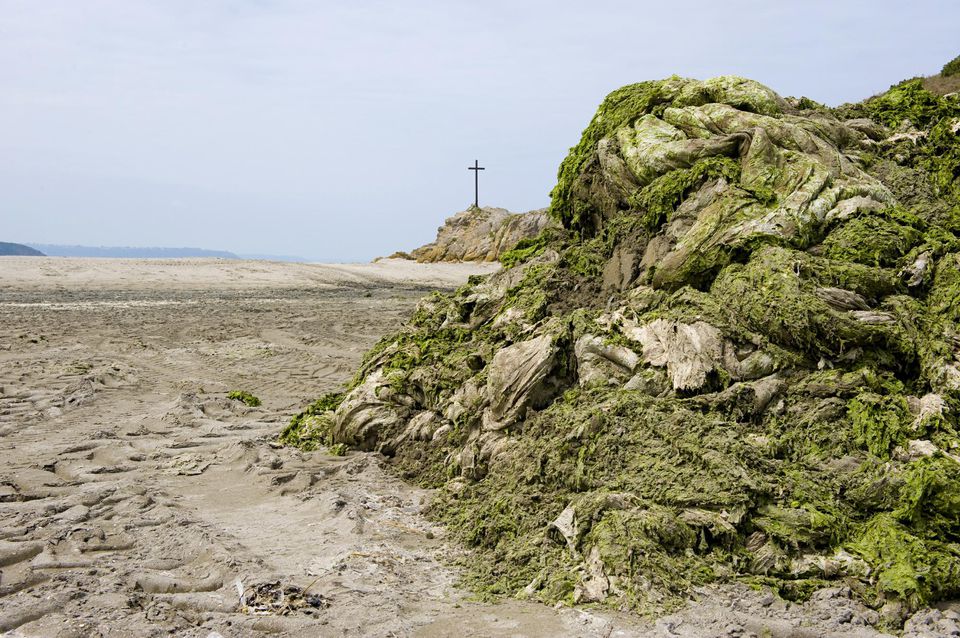Since wine carries pesticides, let's know its flavors
- We have all ever drunk, or often drunk, half a glass of pesticides, because they also exist in the best non-ecological wines. The scientist Gilles-Eric Seralini and the cook Jerome Douzelet have proposed to the most consecrated catadores and to the best known cooks to discover and concretize the flavors of the medicines they have been testing high-quality wines. In a new book, they explain the taste of the most common poisons of sweet mammals we drink.

A curious meeting was held on Tuesday at the headquarters of the French Industrial Promotion Society in Paris: tasting of pesticides in both water and wine (the reader was aware of this through Jakoba Errekondo). It seems crazy to propose to people to drink pesticides, but why don't we dare if we know that the best wines on our tables also carry? “A chef really wouldn’t be overhead to offer a meal with ingredients he hasn’t tried before,” they argue.
Of the two men who opened the invitations to tests, one is known in France: The chef Jerome Douzelet has a famous Le Mas de Rivet hostel in the vicinity of Nimes and is also one of the founders of the Independent Association for Genetic Engineering Research and Information CRIIGEN. The second, Gilles-Eric Seralini, is known all over the world for his research on GMOs and pesticides, and Monsanto and transgenic propagandists will never forgive him for having been tested for diseases caused by glyphosate. The book Le goût des pesticides dans le vin, which has just been published, bears the signature of both.
Wines, in addition to products added to the production process, have long been contaminated by medicinal products used in vineyards. In 2008 in France, the Générations Futures association discovered by analyzing 40 red wines that all non-organic wines were contaminated with a pollution of 6,000 times higher than the maximum allowed water rates. Even if it sounds like a lie, because wine does not have a maximum amount of pesticides allowed, while water does. It has been shown that these chemicals are harmful to health, the authorities begin to admit as arguments to recognize the professional illness of the farmers engaged in the work... And don't they have to influence the taste of wine?
“I had heard – says cook Douzelet – that there are people with a very thin nose that can detect pollutants in a city. From there, Professor Seralini and I started in 2015 around the smells of pesticides.” As the wine contains its own flavourings, which begin to compare the perfumes of the pesticides found in the tests.
16 organic or organic wines and other non-organic wines of the same characteristics (region, type of grapes, year...) were selected, some of them classified as très grand cru of recognized prestige. Wine analyses have found that 89% of non-organic people are contaminated by pesticides of between one and six, all with 14 different chemicals.
They have then invited renowned experts, including food personalities, to taste and compare all wines. Strenuous exercise, since pesticide molecules are only fossilized flavourings, very similar to natural flavourings, which inhibit the aromas typical of wine. That's why they've taken a first step to testing these 14 pesticides mixed in water, to see what the drugs taste like.
The second step, the real experiment, has come to taste when each of the contaminants has been given diluted in doses found in wine. The book collects in eleven tabs the sensations that each pesticide causes in water or in wine.
What is the taste of glyphosate?
Experts have determined the sensations produced by poisonings. It is said that the fungicide Boscalide dries the mouth a bit, as if it were stuck to the palate. The boscalide is used in addition to the grapes in strawberries, raspberries, asparagus and carrots. Folpet, another fungicide, is responsible for “drying the mouth, bitterness, smell of alcohol or drugs, itching the tongue...”.
What about glyphospates? “Smoke. It blocks your pimples and burns your mouth for a long time. In the experiment [Douzelet] I've tried it in increasing doses, and in the end it left my mouth burned for three weeks. Other pesticides give you a headache immediately after you have drunk. There are also pesticides that taste bad chemical bombs.”
The glyphosate expert, Seralín, observes especially a new danger of venom, which the industry does not want to mention, and that any citizen makes good use of it in the garden, as in her garden: “If you take the Roundup de Monsanto, a herbicide that is currently the most widely used in vines, even though it is made up of 40% glyphospates, it also carries arsenic and petroleum residues. Arsenic has been banned since 1974 (...) but glyphosate carries it without declaring in its formula. Arsenic is a product designed to be sacrificed by people, like Zyklon B [used by the Nazis during World War II in the Holocaust, by Bayer company]. Pesticides were war gases that are now being used in vineyards!”
Although glyphosate is an herbal mater, increasingly used in vineyards, the main chemical pollutants present in non-organic wines are fungicides, used by fumigation to kill the mushrooms of vineyards, mildiu and others. “People say that by fermenting, alcohol will destroy pesticides, but that’s a nonsense. Bottled 15-20 years later, remains can also be found.”
When the baserritarra smokes its grapes with chemical treatments against bugs, fungi or seemingly bad herbs, it not only contaminates the wine that will be produced from them: according to them, medicines make them ingredients of wine, added that most wines bear.
The researchers claim the real wine with the experiment. A wine with a millenary history has been transformed into chemistry in the last decades. Fungicide and other drugs prevent the fermentation process, besides covering the aromas carried by the grape itself, forcing the viticuler to use new yeasts and more chemicals to produce wine, making it difficult to express it in wine with the natural time of the mental grapes.
But they would also want to help the citizen. Despite seeing thousands of information on the pollution of industrial agriculture, the consumer is still unconsciously consuming contaminated products. He who, following the protocol of a tasting, has known the taste of a pesticide, says Master Seralini, “will remember himself throughout his life. The taste of food is an alert tool for us and one thing cannot be remembered if it has not been known before.”
Tomatoes, apples, peppers. What's not carrying poison today? We need a tasting course to know what you care for. To conceal the taste of poisons before the industry disseminates new products.
Agroindustriaren sektoreaz informatzeko orduan, “benetako omertà” egoeran kausitzen dira kazetari bretoiak. Inork ez du hitz egin nahi eta hitz eginez gero presioak, mehatxuak, auzibideak zein zentsurak dituzte ordainean. Sektore indartsua delako... [+]






















